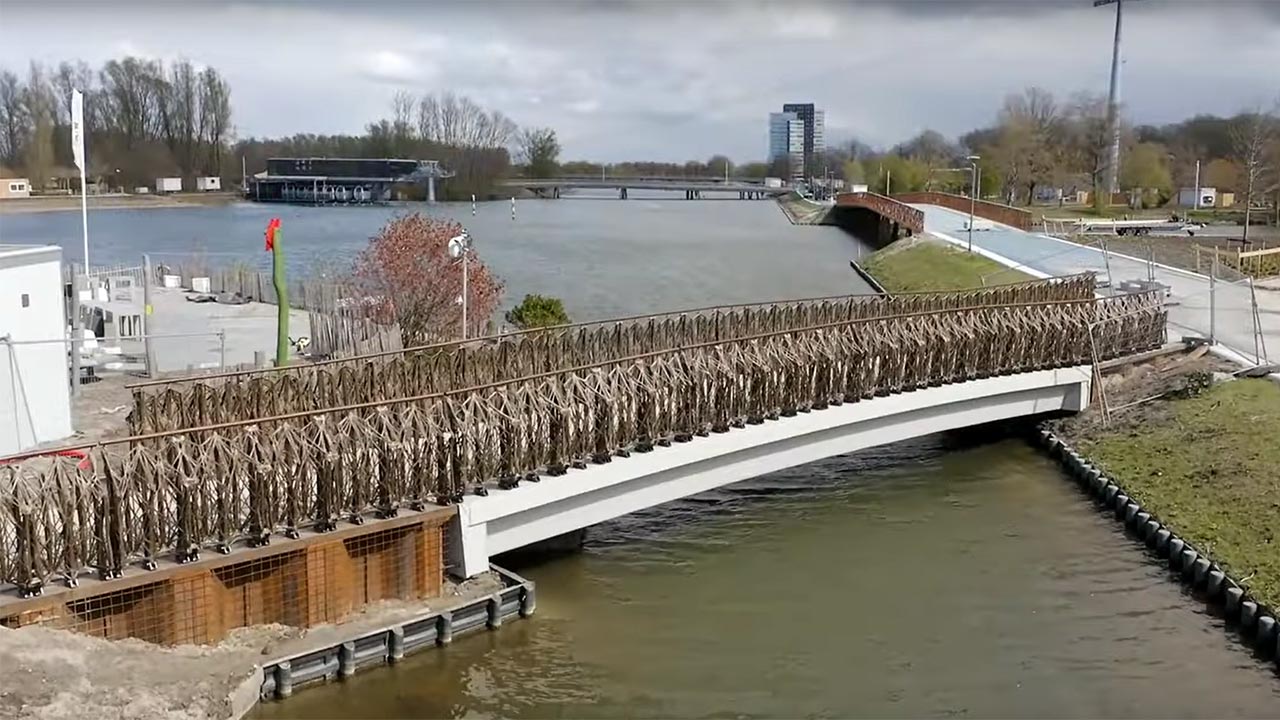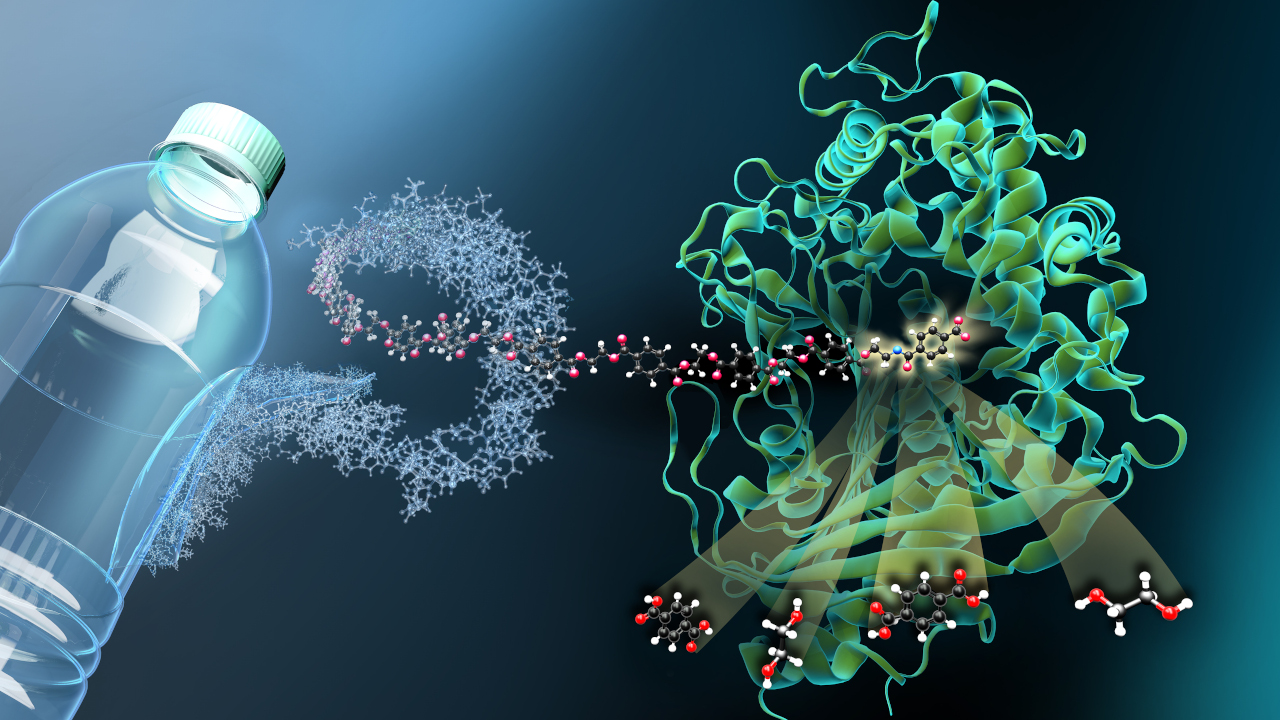Bridges made from biocomposites
An EU project is testing sustainable structures made of flax fibers and bio-resin. One of the three bridges is to be built in Ulm.

Building a bridge to the future - the project participants in the EU research project "Smart Circular Bridge" have taken this literally. To address the sustainability deficit of many established building materials, the experts have developed a walkway and bike path bridge made of a biocomposite material. The University of Stuttgart is also involved in this project.
Regenerative, recyclable and climate-friendly
Building materials such as steel and concrete are based on non-regenerative raw materials, involve high greenhouse gas emissions in their production and are often difficult to recycle. The biocomposite material used in Smart Circular Bridge, on the other hand, consists primarily of flax fibers. Added to this is a resin that was still a quarter biobased in the first prototype of the bridge, but is expected to be 60% in the second. This bridge is expected to be erected in Ulm this year. The first example is in Almere (Netherlands), and a third is to be built next year in Bergen op Zoom (Netherlands).
The bridges, however, are more than just a demonstration of what is already possible with biocomposites today. They are also research projects. That's because each bridge features around 100 sensors. These measure the material behavior in real time. AI-based software looks for patterns in the measurement data that might have remained hidden from human evaluation. In this way, the researchers want to find out how the bridge behaves when, for example, 200 people cross at the same time and the material is exposed to the seasons with their weather extremes.
Tracking the end of life too
The findings will be used to further optimize materials and future bridges. In addition, the project participants are investigating how the construction material can be recycled after decades at the end of the bridge's life. Three options are being considered: mechanical, chemical or even biological recycling. In the latter case, the building material would be decomposed by a fungus.
In Europe, tens of thousands of bridges will need to be replaced in the coming years. "The whole project gives an important impulse on how alternative, biomass-based and annually renewable resources can be used in the construction industry," sums up Hanaa Dahy from the University of Stuttgart. "With the help of these resources, we want to overcome major challenges such as high CO2 emissions and high energy consumption in the production of construction materials."
bl


